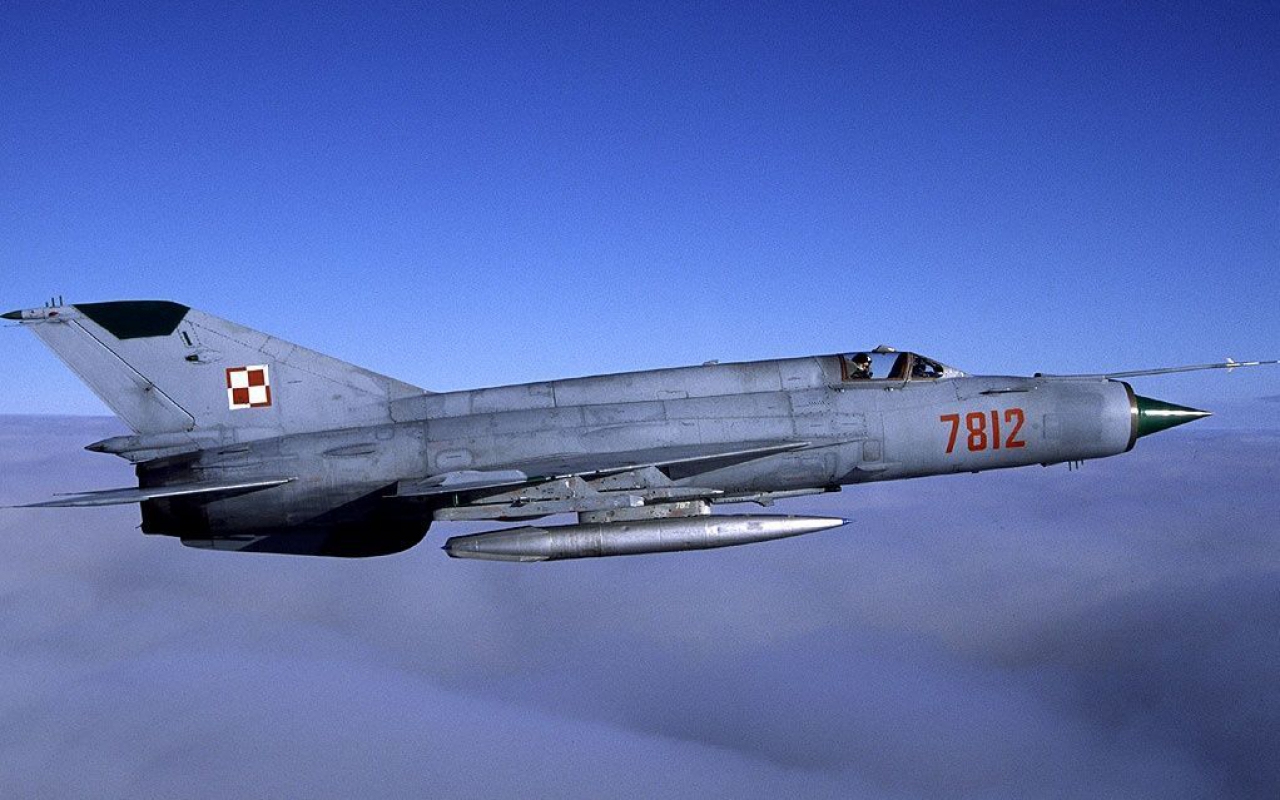According to Draken International the supply of MiG-21s from Poland has already started.
The 25 aircraft will be refurbished and then will be used to extend the offer of Draken International, a company which offers threat simulation during various exercises in North America, both in the U.S. and Canada, as well as research and development and adversary support to various entities within the U.S. Military and defense industry.
Draken International “owns and operates a fleet of more than 50 tactical jet aircraft. This includes the multi-role APG-66 radar
equipped A-4K Skyhawks, the CAS/JTAC optimized AerMacchi MB-339CB and the supersonic and Jaybird radar-equipped
Mikoyan Mig-21BIS.”
Indeed, the company has bought MiG-21 Bis and MiG-21UM trainer versions of the Fishbeds that once served in the Polish Air Force.
The interesting thing is that the ex-Polish MiGs will be flying over Florida, not far from the F-35s based at the international training center for the Lightning II at Eglin Air Force Base.
Since 1961 and throughout the Cold War, MiG-21 was the main Polish interceptor. The aircraft’s nickname was “pencil“, because of its distinctive shape and short wings.
The first “21s” with the Polish Air Force were the MiG-21 F-13 with a single cannon and ability to carry air-to-air guided missiles. Then the PF version came into service, with a better engine and a radar. The RP-21 Sapfir radar allowed the PF to operate in an adverse weather conditions and at night.
Later, in the 1970s, Poland received MiG-21PFMs that featured a better radar that allowed the aircraft to act more autonomously. This version also featured a new engine and KM-1 ejection seat.
What is more, the new engine allowed bleeding air over the trailing-edge flaps to energize airflow over the flaps and thus improve lift. This allowed for lowering of the high landing speed of the Fishbed. Short wings made its aerodynamics similar to the F-104, that required high speeds during the landing approach. The PFM also could carry a greater variety of armament.
The modifications of PFM made it able to serve until late 90s / early 2000s. The mods included a new engine – R-25-300 and new radar, along with new navigation and aiming systems. Additionaly the jettisoned fuel tanks were elarged, extending the fighter’s (limited) range. The MiG in the first decade of the 2000s became a sort-of multirole jet, able to attack ground targets as well.
Nevertheless in December 2003 the Polish Fishbeds were withdrawn from active service.
Some of them can be seen in museums all around Poland with the Cracow Polish Aviation Museum holding the most impressive collection. The Polish MiG-21 can also be spotted on the Interpid Sea, Air and Space Museum in New York City aboard an USS Interpid aircraft carrier.
The MiG-21 has been replaced in the Polish Air Force during the first decade of the 21st century by the F-16 Block 52+.
Jacek Siminski for TheAviationist
Image credit: Polish Air Force





















